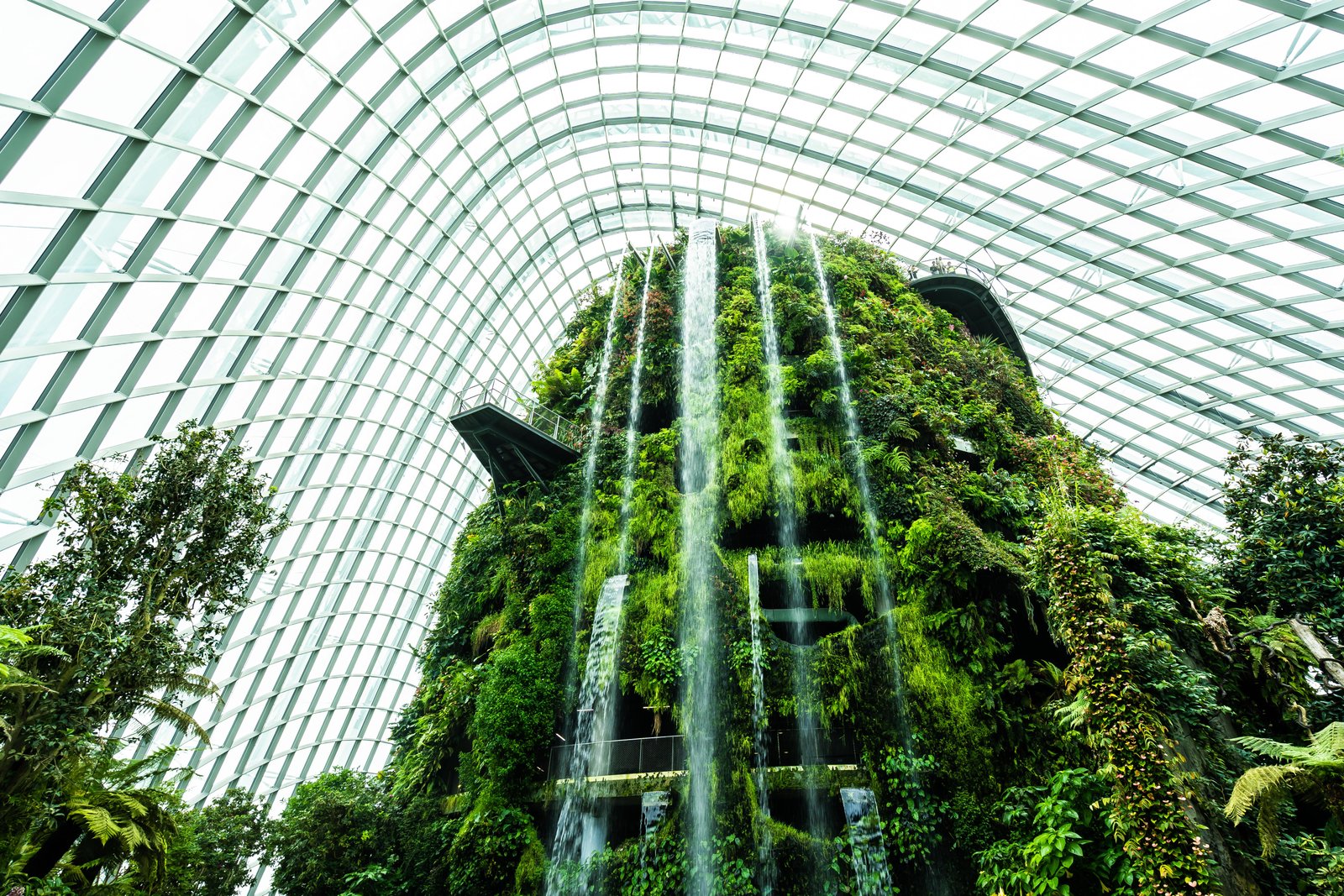No products in the cart.
Explore how green architecture and sustainable housing projects in Laos are reshaping urban and rural landscapes with eco-friendly solutions.

Laos is at a turning point in its urban development. Rapid population growth and rising urbanization are putting pressure on housing and infrastructure. At the same time, there is increasing awareness of the need for sustainable and eco-friendly solutions. Green architecture has emerged as a promising answer, blending traditional Lao design principles with modern technologies to reduce energy use, cut emissions, and ensure resilience to climate change. From bamboo homes in rural villages to solar-powered apartments in Vientiane, sustainable housing projects are redefining what it means to live in balance with nature.
Principles of Green Architecture in Laos
Use of Local Materials: Bamboo, timber, clay, and stone minimize environmental impact.
Energy Efficiency: Incorporation of solar panels, natural lighting, and ventilation.
Water Management: Rainwater harvesting and wastewater recycling.
Climate Adaptation: Designing homes resilient to floods and heat.
Cultural Integration: Infusing architecture with Lao heritage and aesthetics.
Examples of Sustainable Housing Projects
Eco-Villages: Communities in Luang Prabang experimenting with bamboo housing clusters.
Urban Solar Apartments: Projects in Vientiane integrating renewable energy.
Tourist Eco-Lodges: Resorts combining traditional Lao huts with sustainable technologies.
Low-Cost Housing: NGOs designing affordable, climate-resilient homes for rural families.
Benefits of Green Architecture
Reduced carbon footprint and energy bills.
Improved indoor air quality and healthier living spaces.
Preservation of traditional building techniques.
Stronger resilience against climate-related disasters.
Enhanced attractiveness for eco-tourists and investors.
Challenges to Adoption
Higher upfront costs of green materials and technologies.
Lack of awareness among homeowners and builders.
Limited government incentives for sustainable projects.
Dependence on imported eco-technologies.
Example in Laos
In Vientiane, a sustainable housing project combines bamboo structures with solar power, reducing energy use by 40% compared to conventional homes.
Conclusion
Green architecture is more than a trend—it is a necessity for Laos. By balancing culture, affordability, and innovation, sustainable housing projects can shape a greener future for generations to come.
About CITS Laos
CITS Laos partners with architects, NGOs, and urban planners to promote sustainable housing. We create bilingual eco-architecture platforms, run green living campaigns, and develop SEO strategies to highlight Lao green projects globally. By advancing eco-friendly housing, CITS Laos ensures Laos grows in harmony with its environment.